Let’s talk about a small problem that we, all owners of north facing homes, have: insufficient natural light for growing our indoor house plants. I do have this problem and it’s kind of sad the fact that not all my house is sunbathed. Only two or three windows of the house offer enough natural light for those few plants that have the privilege to enjoy it, so I started doing some research on the internet on indoor plants that are not quite so demanding when it comes to light and even water, because, just between us, I often forget to water them. Briefly, I need plants and flowers that are resistant enough to endure “harsh” conditions I offer: little sun and water.
At a first Google search, I found plenty of species that may face the not so good conditions in my house, so I begin to feel calm because I love having my home full of the natural green these plants can offer, so let’s start enumerating them.
I. First, I have to show you some plants that simply love the shade and also make some beautiful flowers. Here they are:
1. Phalaenopsis orchids (moth orchids) are loved by many people and so are some of the most bought flowers. When it comes to demands, these are not so many. They only need a transparent pot that should not be changed for at least two years, because its roots will feel great in that environment due to the light that penetrates the transparent material. It needs little light to caress its roots if you want it to grow harmoniously. Water your orchid just once a week and you’ll realize that you have to do that because its roots become pearly white when they need water. Because cold is no one’s friend, not even to indoor potted plants, add, in September and October, special fertilizer you can find in flower shops.
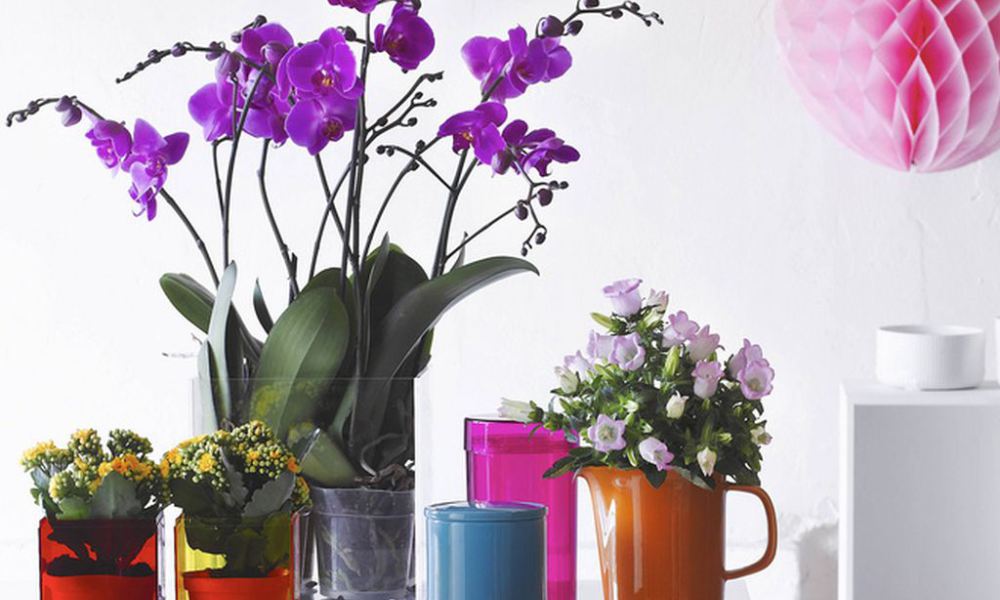
2. Flame violet (episcia cupreata ‘silver skies’) comes from Colombia and Venezuela and is a perennial plant, very cute and it makes very nice red-orange flowers. It can live in the same pot for 4 years, but it is recommended to renew it every two years as it loses its beauty.
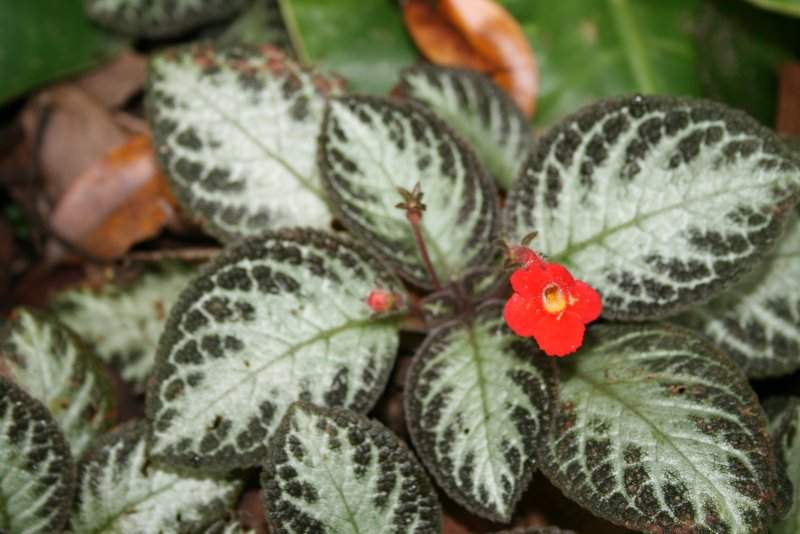
3. Peace lily (spathiphyllum). 2 weeks after blooming, the spathiphyllum flower changes its color from white to green, remaining attached to the plant for another 2-3 weeks. The plant tolerates shade and penumbra very well, but it needs a humid atmosphere up to 75-80%.
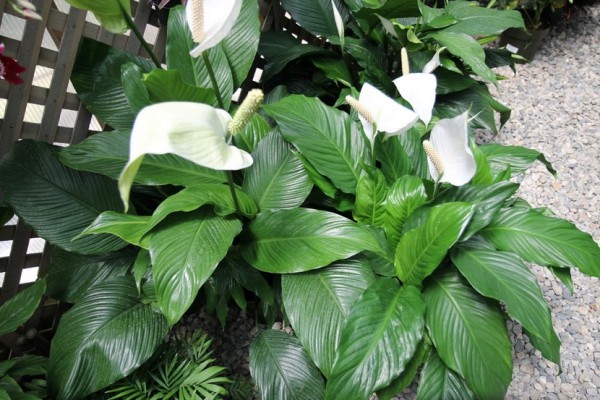
4. Thanksgiving cactus (schlumbergera truncata) is originally from Brazil and has this name due to the fact that it blooms around Thanksgiving Day. It grows beautifully in indirect light and the soil it lives in has to be constantly wet.
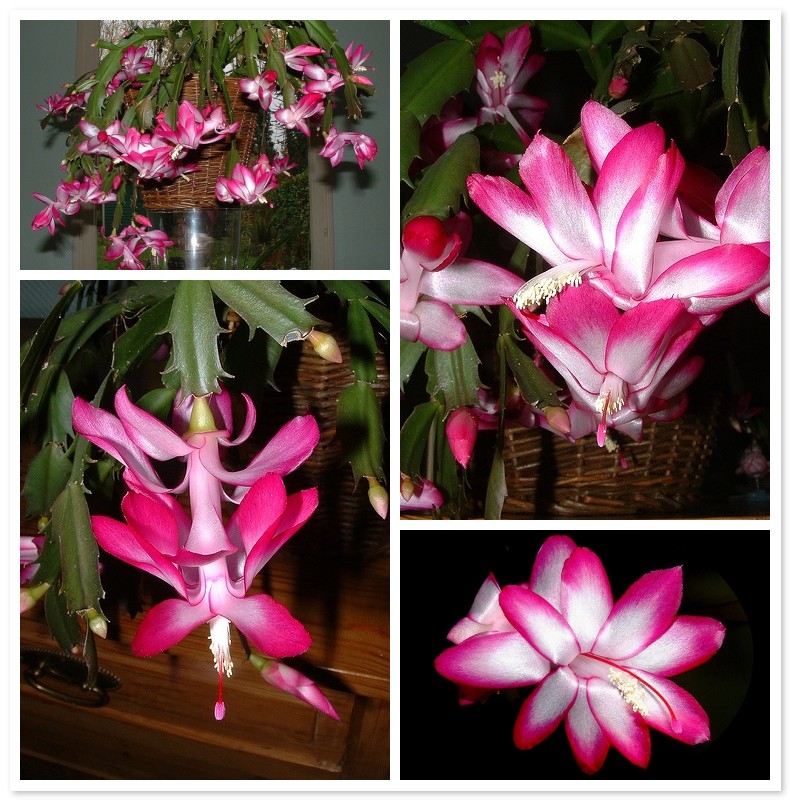
II. Palm trees that feed on shade
5. Burmese fishtail palm (caryota mitis) is one of the easiest plants to grow, needing moderate humidity and light. Pay attention, thought, to the fact that this plant grows quite tall, so if you’re thinking about adopting it, make sure you have high enough ceilings. This type of plant needs partial shade, from spring to autumn, the direct sun being very harmful, with the risk of serious burns.
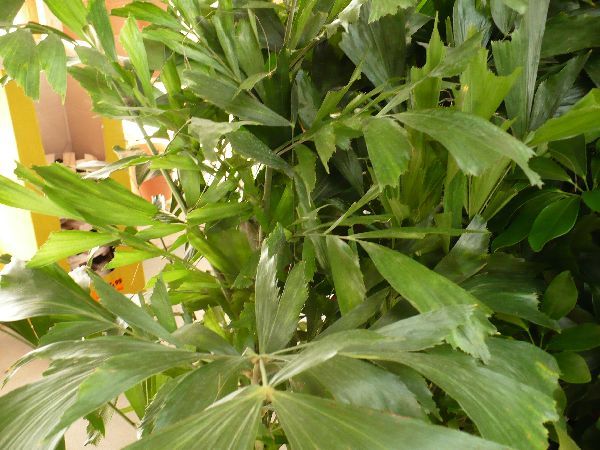
6. Good luck palm, Neanthebella palm, table palm (chamaedorea elegans). During the summer, the plant must be watered 2-3 times a week. Regarding the sun, it should be protected from direct sunlight and wind is also not an ally of the good luck palm.
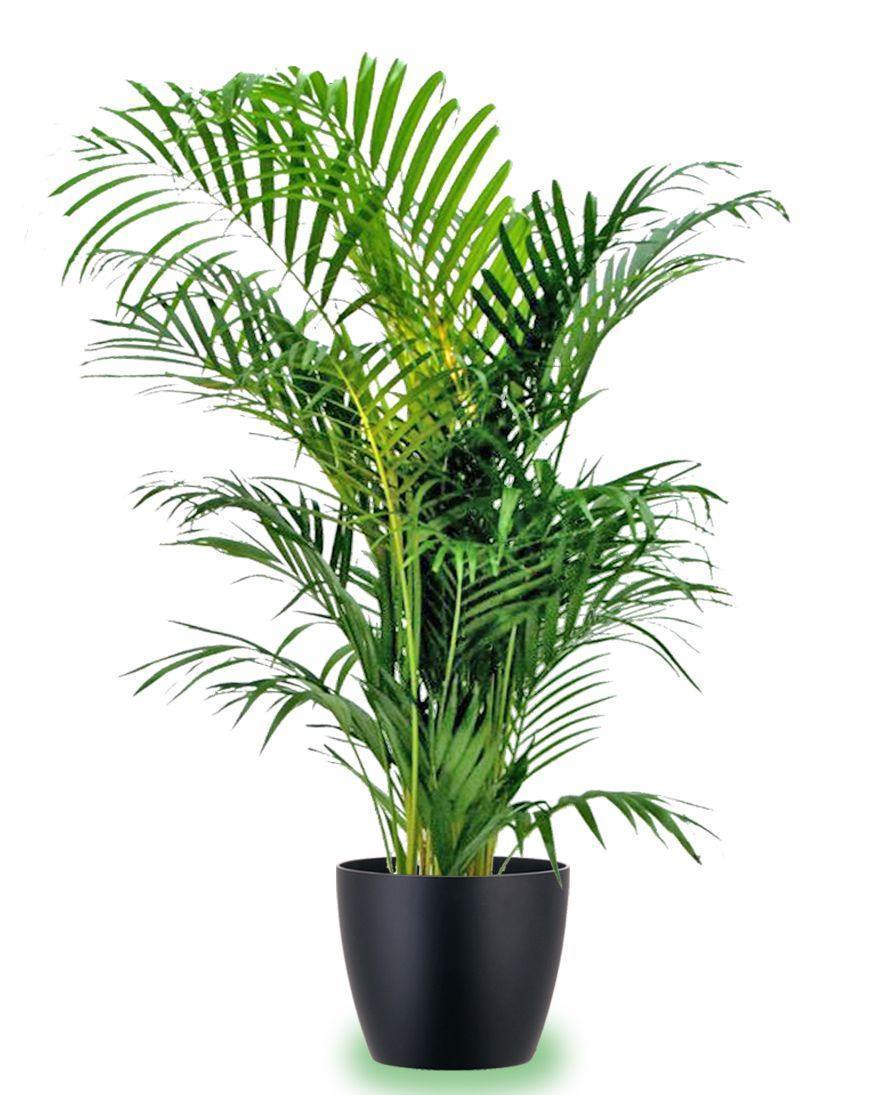
7. Lady palm (rhapis excelsa). This potted plant looks like a fan and comes from China, Taiwan. Direct and powerful sun is not its friend, causing it burns on its leaves. If placed in areas with little light, this palm stagnates growing. Instead, it loves humidity, and therefore you have to make sure that the soil that feeds it is constantly moist.
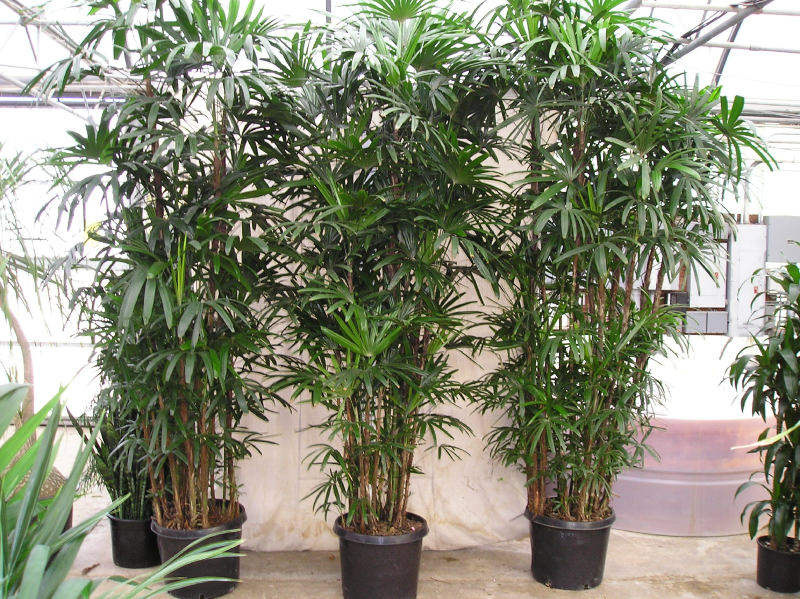
8. Sentry palm, Kentia palm, paradise palm (howea forsteriana) is suitable both for homes and offices, giving the space an elegant and tropical note. This palm is one of the most resistant and adaptable interior shrubs. It loves the natural light but not the direct sunlight. As for the humidity, you must water it only when you notice the soil begins to dry after the last watering.
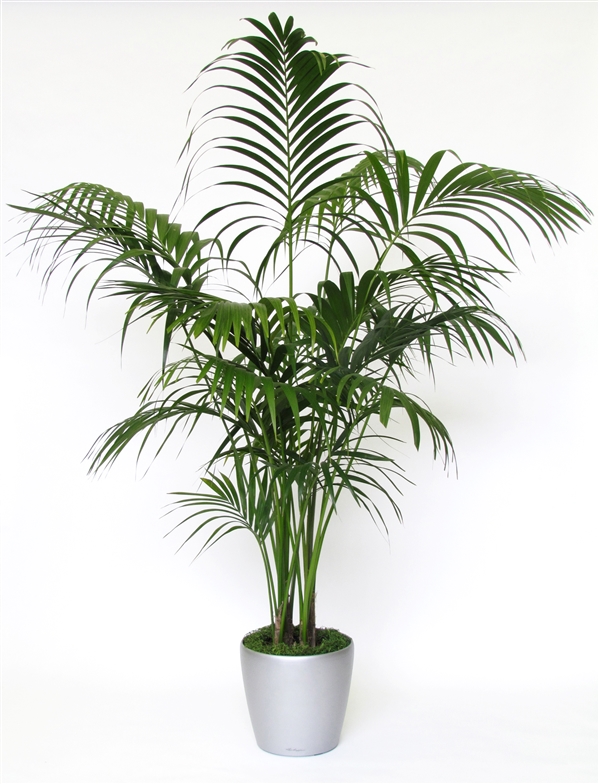
III. Shade-loving plants with gorgeous leaves
9. Chinese evergreen (Aglaonema commutatum) must be treated as a plant with medium difficulty, being necessary to grow it in a shallow pot and keep it in a warm room, far away from the air currents and smoke. It loves penumbra and requires moderate watering in winter and high humidity in the rest of the year.
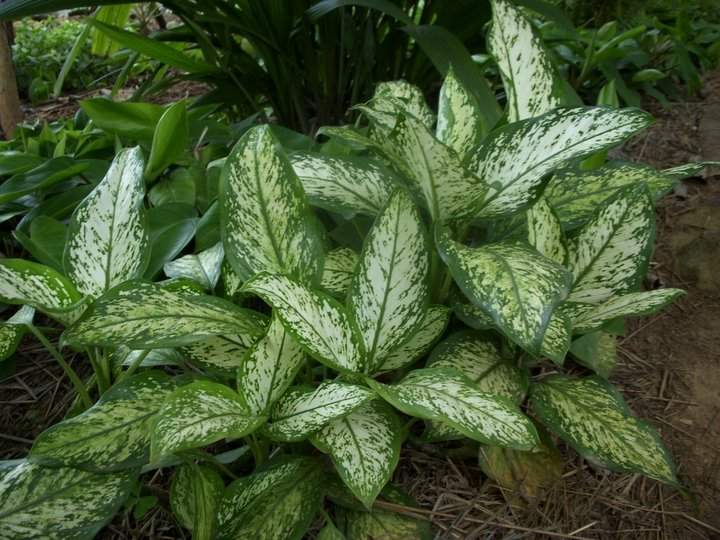
10. Coleus (solenostemon scutellarioides ‘Wizard Mix’) is suitable both for decorating interiors and for balconies or gardens during the summer. It is a perennial plant originally from Southeast Asia and Eastern Europe, the Philippines and Africa and it grows in semi-shade or filtered light conditions, also needing an average humidity environment.
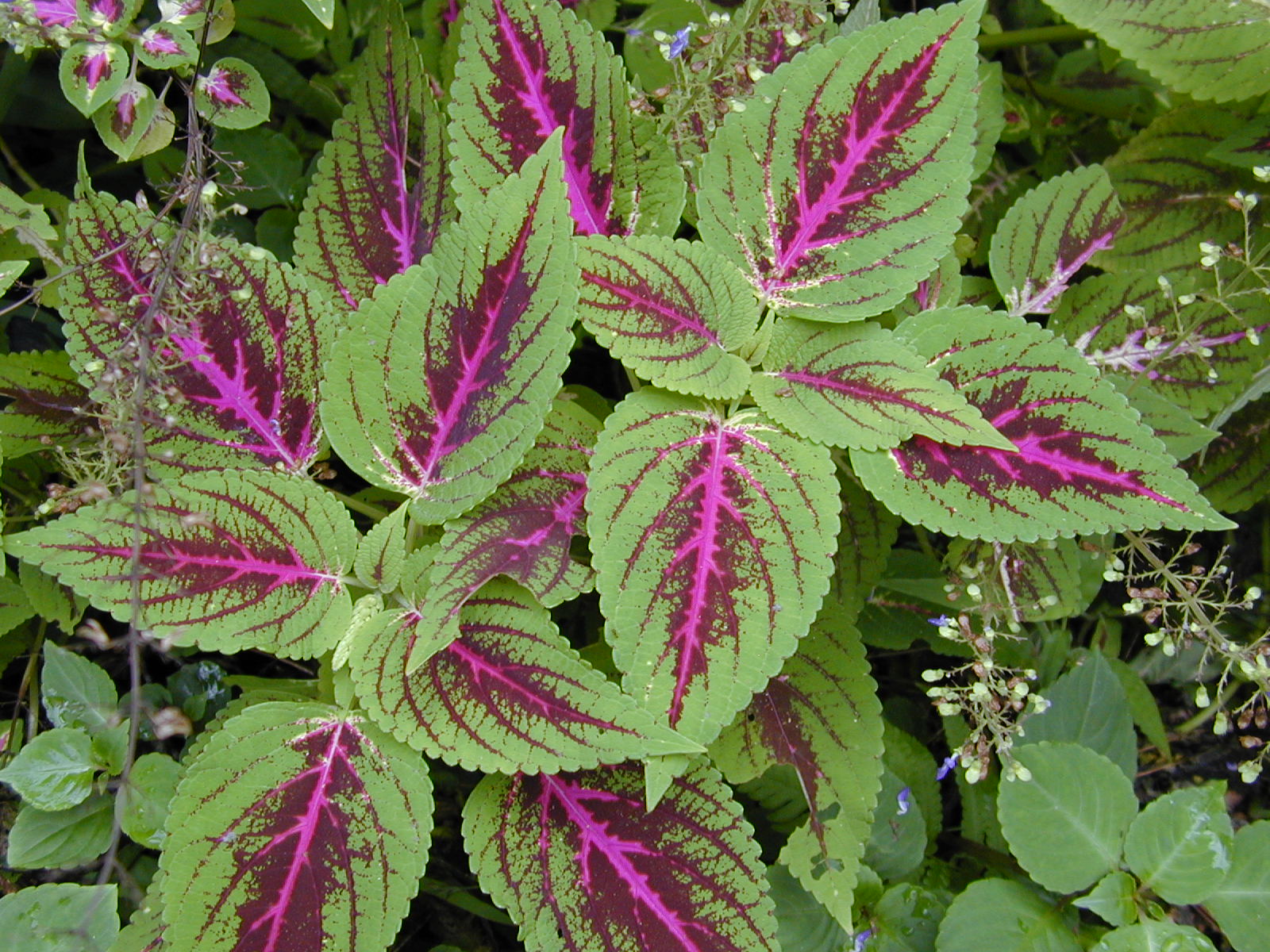
11. Snake plant, mother-in-law’s tongue (sansevieria trifasciata ‘golden hahnii’) is a very easy to maintain houseplant, which can be placed both in direct sunlight and in shade. It loves a moist soil, so as not to be completely dry.
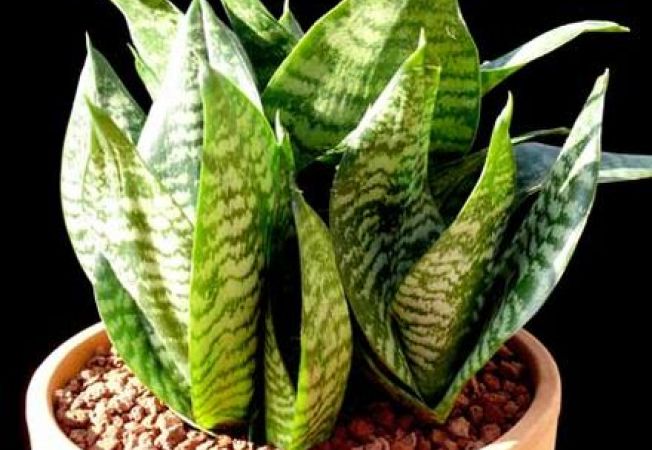
12. Prayer plant (maranta leuconeura ‘erythroneura’) has this name due to its ability to fold its leaves at night in order to retain moisture, thus seeming to pray. This plant needs shade, high temperatures and lots of moisture to grow efficiently.
13. Dumbcane, tuftroot (dieffenbachia amoena). It’s a slightly demanding plant that needs a minimum temperature of 16 degrees Celsius, it loves the penumbra during the summer and strong light during the winter. It also agrees humidity in any season, less in winter.
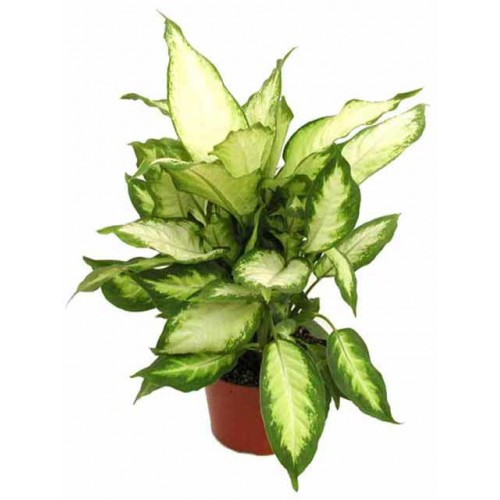
14. Fancy leaved caladium (caladium bicolor ‘rosebud’) doesn’t love direct sunlight, growing very well in shady places. It is originally from rain forests and it loves humidity and the constant temperature of 21 degrees Celsius.
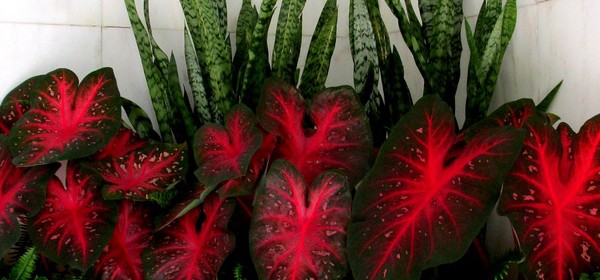
15. Wandering Jew, silvery inch plant, zebra plant (tradescantia zebrina) prefers humidity, so it needs to be watered constantly and it loves the well-ventilated environments and free air currents, but the light is agreed as long as it is not direct. A good thing to know is that excess water is better than its absence.
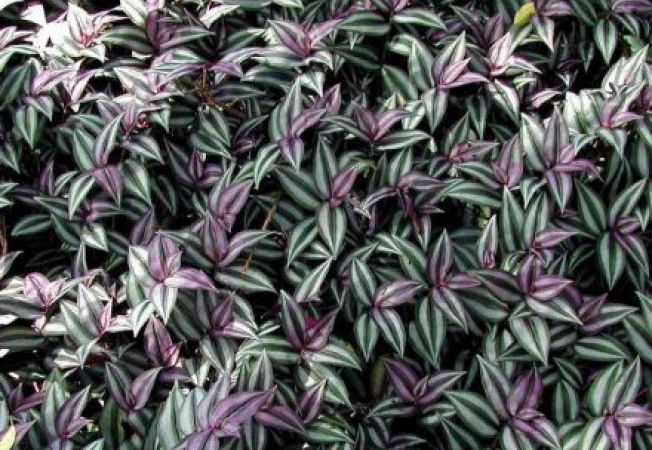
16. Peacock plant, cathedral window (calathea makoyana) comes from Central America and should not be exposed to sunlight, preferring, in any season, the shadow. It also loves humidity and it’s the most beautiful species of the Calathea family.
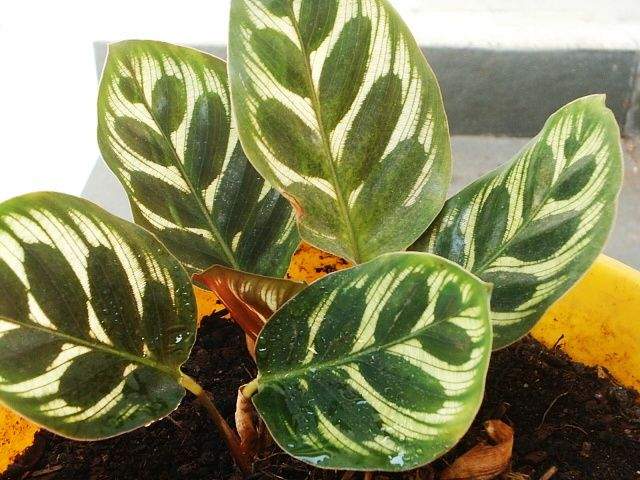
17. Philodendron (philodendron ‘xanadu’) comes from the forests of South America and it easily adapts to your house, with very little demands. Avoid direct light and regularly water it. Maintain it at a constant temperature between 21 and 24 degrees Celsius.
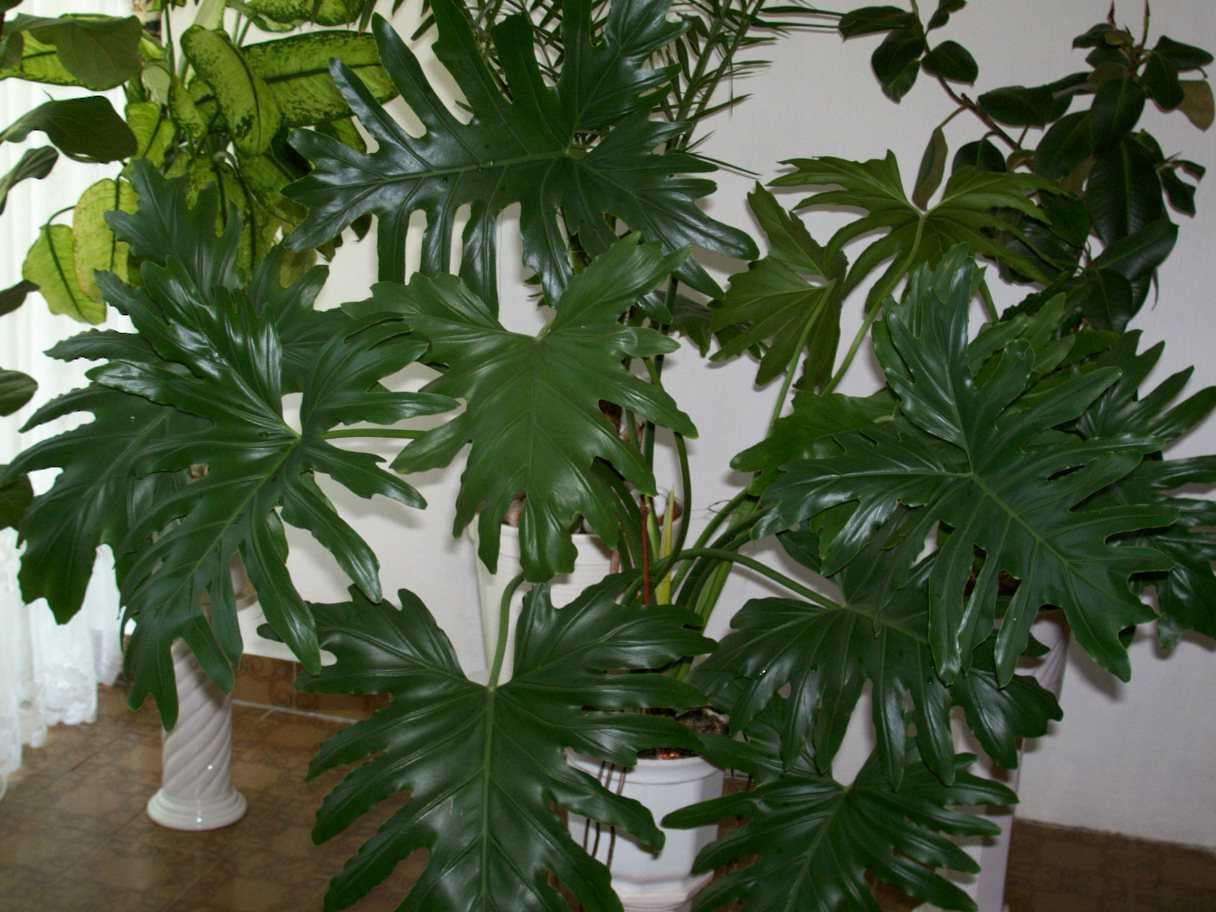
IV. Shade-loving ferns and ivy
18. Asparagus fern, foxtail asparagus, emerald feather (asparagus densiflorus ‘myers’) is originally from South Africa, it blooms from April to June, it prefers indirect light, low humidity and a temperature maintained between 10 and 20 degrees Celsius.

19. Venus maidenhair fern, Venus’s hair fern (adiantum capillus-veneris). This decorative fern should be placed in the shadow, avoiding keeping it under the direct action of sunlight that dries its delicate foliage. Being a little more sensitive plant, it needs constant humidity in the air and soil, while avoiding excessive watering.
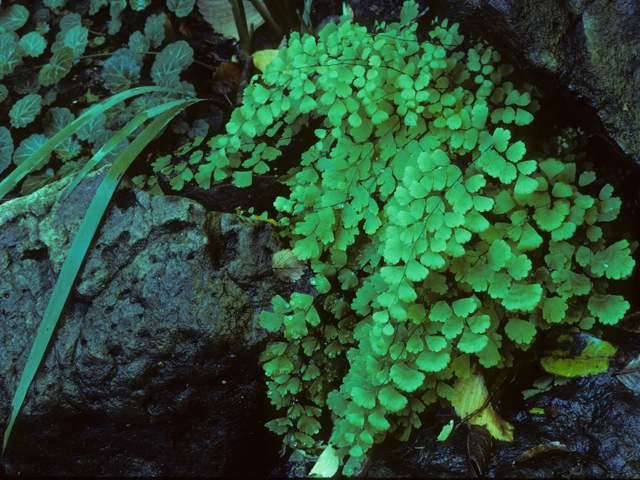
20. English ivy, Baltic ivy (hedera helix) is a plant with slow growth, especially in the early years of planting, and it can reach a height of 30 meters. This climbing plant prefers the coolness, but not the extreme cold. The ideal place for it should be a room where the temperature does not grow more than 16 degrees. It shouldn’t be placed in direct sunlight and it should be watered regularly, except in winter when the watering must be moderate, not letting the soil dry.
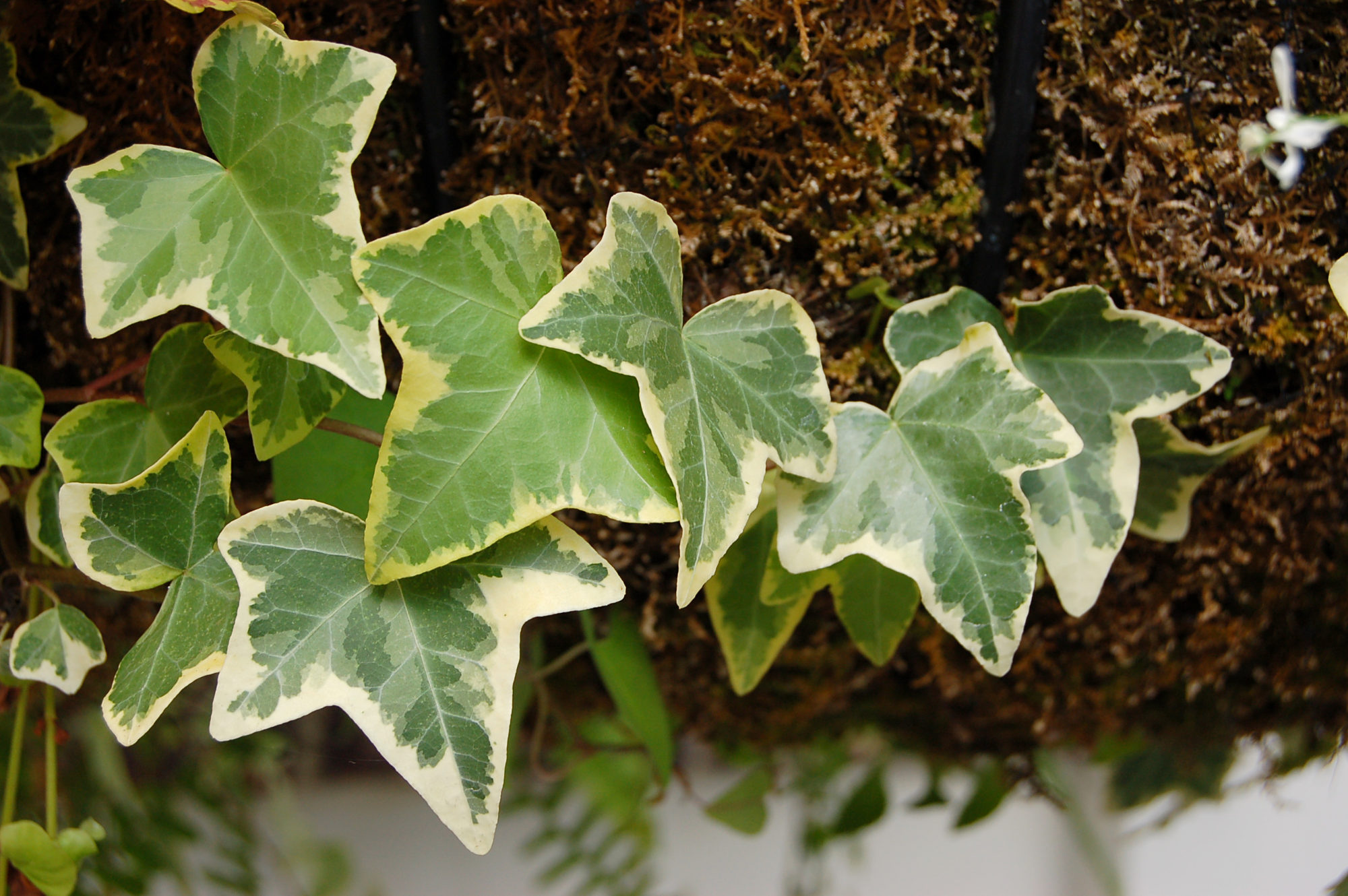
Now that I have listed a few of the plants that can live in a house that is not very spoiled by the sun, you can be sure that you will benefit from the pleasant aspect and the fresh oxygen offered by the potted plants. Yes, as you read above, there are many plants that do not necessarily “eat” a lot of sun and can decorate your home the way you want.


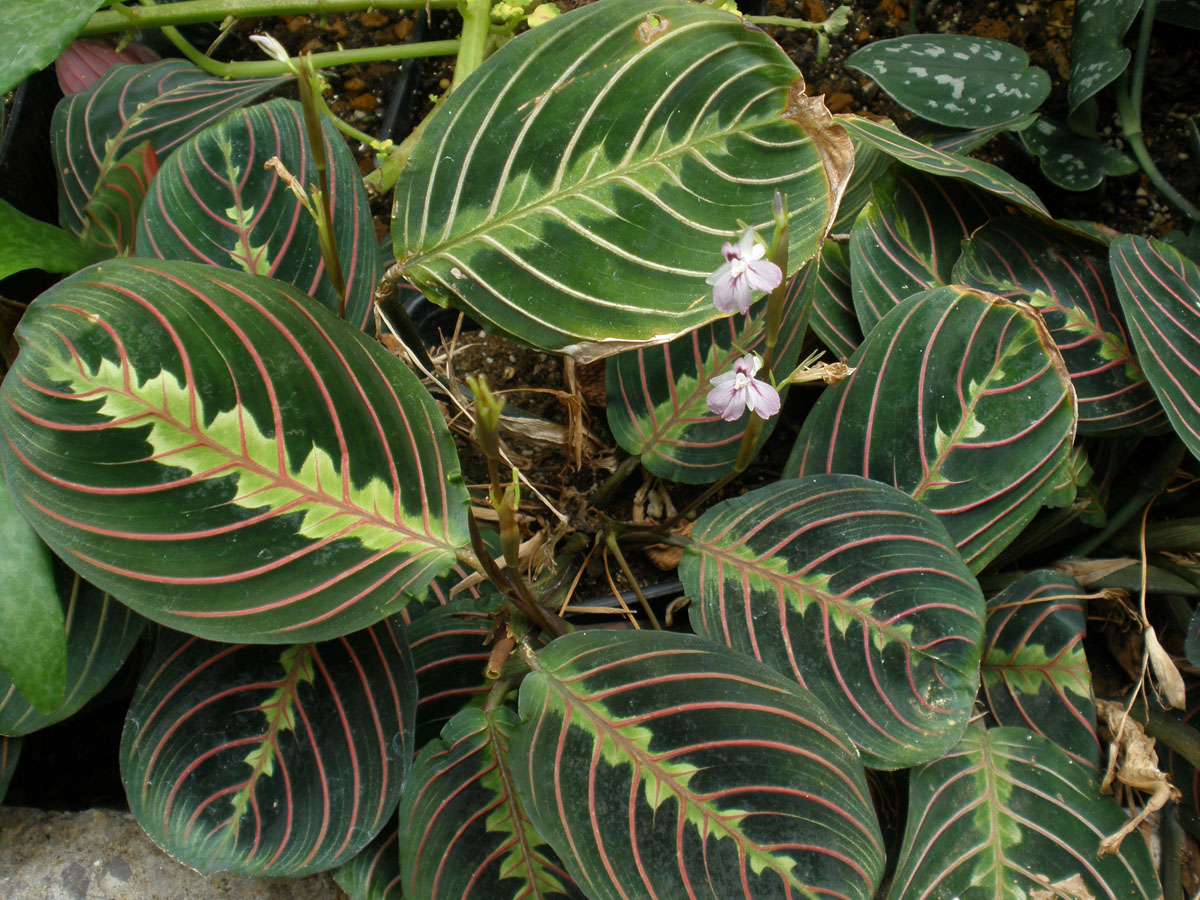
However, some indoor environments are too dry
for this fern, so be further aware of your watering habits.